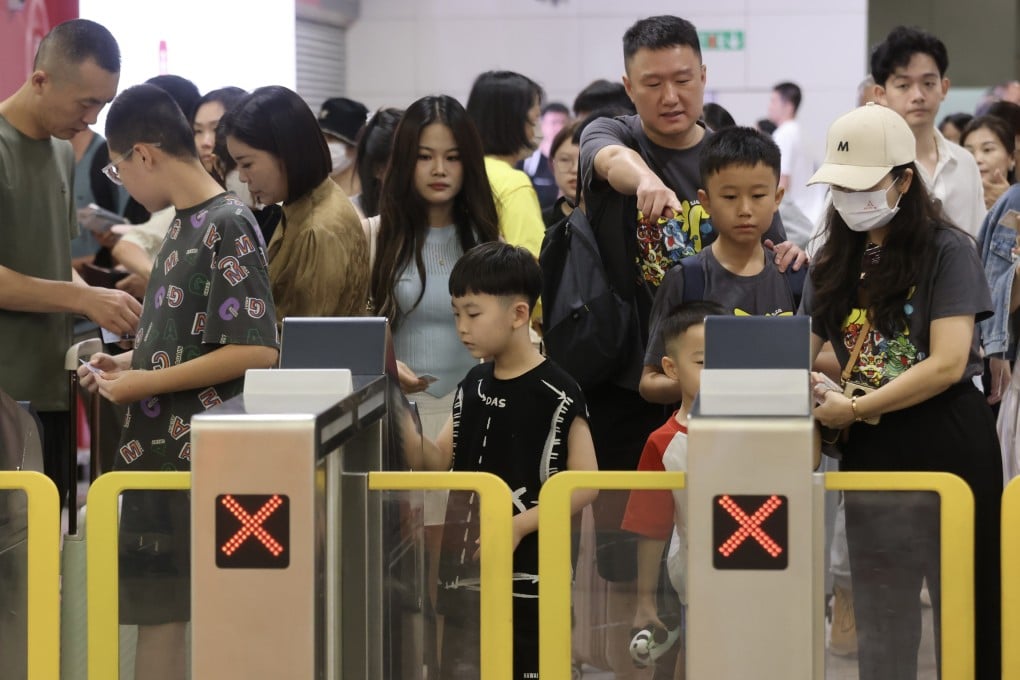Number of passengers using Hong Kong’s cross-border high-speed rail surpasses pre-pandemic levels, exceeding 17 million
- Hong Kong-Shenzhen route has seen the ‘most significant growth’, MTR Corp says
- More than 100,000 passengers used service over National Day and Mid-Autumn Festival holidays

The number of passengers on the cross-border high-speed railway has exceeded pre-pandemic levels, surpassing 17 million this year, Hong Kong’s MTR Corporation has said.
The railway operator on Thursday also announced that passenger figures for the National Day and Mid-Autumn Festival holidays reached a record-high.
“During the National Day and Mid-Autumn Festival holidays … passenger numbers also hit a new high of more than 100,000,” the operator said.

The line linking the city with the neighbouring mainland Chinese city of Shenzhen had registered “the most significant growth” among the high-speed routes, the MTR Corp said.
Since March, mainland tourists have accounted for more than half of high-speed rail passengers and have topped 2019 levels since July.
Passenger numbers for the year hit 17 million over the weekend, more than the full figure for 2019, before the pandemic hit, according to the rail giant.
Tommy Tam Kwong-shun, managing director of Arrow Travel Agency and a member of the Travel Industry Authority, said the trains had gained in popularity because they were less time-consuming and their fares were cheaper, compared with flights.
“They tend to be more punctual, and you only need to arrive 15 to 30 minutes ahead of time, unlike the airport where you have to be there up to three hours in advance,” he said.
